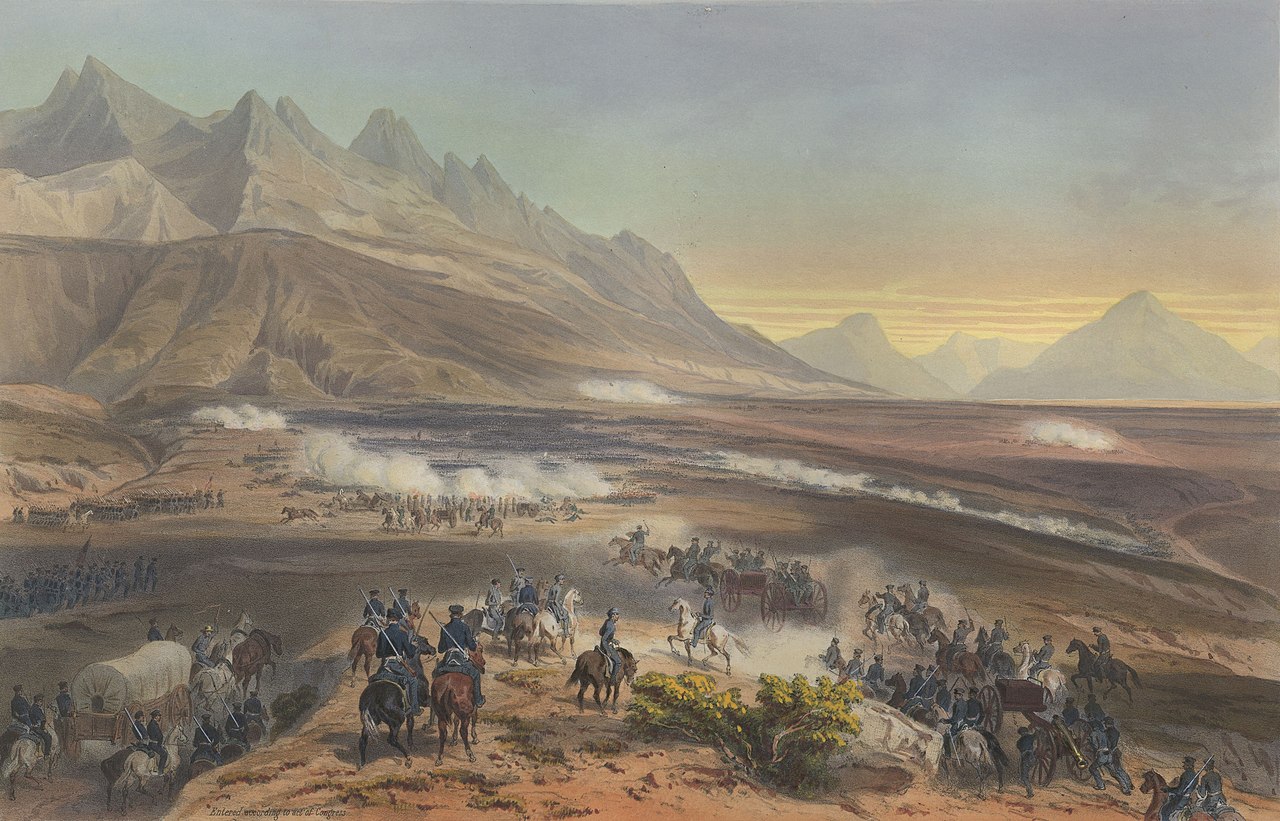Civil War Quiz: What Do You Know About Civil War Prisons?
Q#1 – At the start of the Civil War, what system was in place between the Union and Confederate forces regarding prisoners?
Q#2 – What event in 1863 caused a momentous change in the way prisoners were treated?
Q#3 – Approximately how many Union soldiers became prisoners?
Q#4 – Approximately how many Confederate soldiers became prisoners?
Q#5 – Approximately how many Union soldiers died in captivity?
Q#6 – Approximately how many Confederate soldiers died in captivity?
Q#7 – What were the major causes of deaths in Confederate prisons?
Q#8 – During a period of 14 months at Camp Sumter (aka Andersonville) how many Union prisoners were confined there?
Q#9 – During the winter month of January 1865, at Camp Douglas in Chicago, Illinois, what percentage of the Confederate prisoners confined there died?
Q#10 – At the Elmira Prison in New York state, what percentage of the Confederate prisoners confined there died?
Q#11 – What did prisoners eat during the Civil War?
Q#12 – Where was Libby Prison located?
Q#13 – What prisoners were incarcerated at Libby Prison?
Q#14 – What was Castle Morgan?
Q#15 – Who was executed because of Andersonville?




